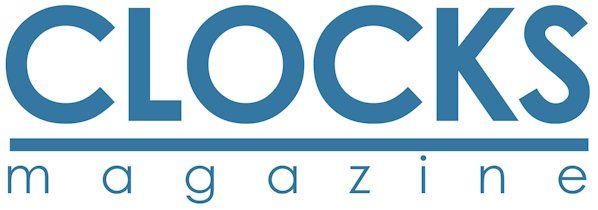Higland Mary revisited
Regular readers of Clocks may have read my article in the September 2009 issue of the magazine in which I wrote about a Scottish longcase clock by William Smith of Greenburn. William Smith was a previously unrecorded Scottish clockmaker discovered to be working in Greenburn in the 1850s.
The arch in the dial of the clock portrayed Robert Burns and Highland Mary, a popular theme depicted by many Scottish dial painters.
The article prompted an email and several photographs from David Miller who lives in Bodmin, Cornwall.
David owns a similar Scottish longcase clock; the dial on his clock also portrays Highland Mary and Robert Burns, only the spandrels are different, depicting the four dominions of Great Britain as opposed to the four elements illustrated on the clock in my article.
The case of his clock is also made in typical Scottish fashion with cushion mouldings and a convex door.
What really interests me about Davidís clock is the fact that his clock was made by Robert Beveridge in Newarthill, a small village only 12 miles from Greenburn, the village where the clock in my article was made.
A Robert Beveridge is recorded as working in Newburgh, Fife, 1781-1835 and then Kirkcaldy 1837-43.
However, despite my searches of local records, there is no reference at all of a Robert Beveridge ever working in Newarthill.
This begs the question, have we found yet another unrecorded Scottish clockmaker, or is this Robert Beveridge the same clockmaker who was previously working in Newburgh and Kirkcaldy?
Records clearly show Robert Beveridge had moved from Newburgh to Kirkcaldy a distance of some 20 miles. Is it conceivable that in his old age he moved yet again, another 45 miles from Kirkcaldy to Newarthill? Given the working dates mentioned above, if it is the same Robert now working in Newarthill he would have been in his 80s by the time this clock was made Ö hardly likely.
The most probable and safest assumption (at the moment) is that the Robert Beveridge working in Newarthill was a different clockmaker to the Robert Beveridge working in Kirkcaldy. If my presumption is correct then we have discovered yet another unrecorded Scottish clockmaker.
From the similarities between the dials and cases of these two clocks it clearly looks as though many clocks of this design were being made in Edinburgh and the other large Scottish cities and retailed by numerous smaller provincial clockmakers.
As I pointed out in my article, Robert Burns and Highland Mary were certainly very popular subject matter at the time. Scottish longcase clocks with these dials are surly testaments to that popularity and the regard in which both Robert Burns and Mary Campbell were held by the public of the day.
Ian Beilby, UK
|

